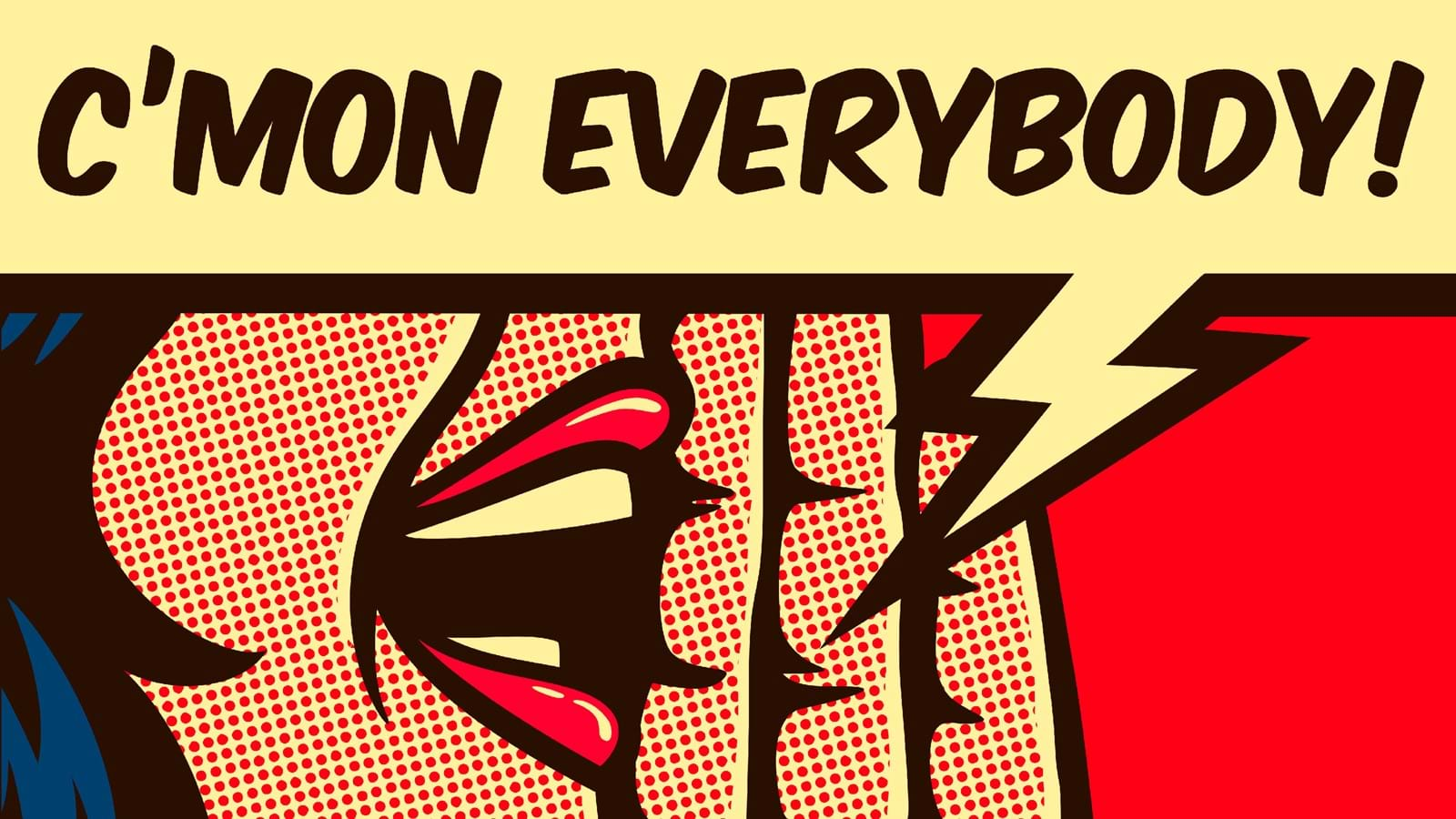
Attract, retain, and activate top talent with the ultimate employee experience
In the past decade, HR has undergone a huge shift - from administrative function to driver of business growth. From compliance and process-focused teams to people teams focusing on strategy, data, and employee experience.
Where HR may previously have been thought of as policymakers and recruitment specialists, today’s HR leaders are laser-focused on delivering the best employee experience to attract, engage, and retain top talent. Indeed, 60% of employees report noticing changes in HR’s role, including becoming more people-focused and strategic. But there’s still a long way to go.
"In our annual survey of digital workplace leaders, recruitment is still ranking really highly. But what was most surprising, and what came up dead last, is retention. My hypothesis for this is that we have a tried and tested recruitment blueprint, but we do not have a retention blueprint we can rely on. So, what I take from that is, to make real progress, we need to invest in understanding how we keep people in the business."
Tackle employee experience at large with a platform for HR that unites your people, fuels your culture, and supports your teams to be more effective and productive
Learn MoreEmployee engagement levels are dwindling. 8 in 10 employees worldwide are disengaged, connection to company mission and vision is at an all-time low, and burnout is at all-time high. The need for change is evident, so what established practices can savvy HR leaders turn to to start moving the needle?
Customer experience teams have spent the last decade honing their abilities to put the customer first, building, owning, advocating for, and implementing brilliant customer experiences. As HR morphs into people teams that put employees first, there are some useful learnings we can take from the CX side of the equation.
We’ve broken it down into three areas that employee experience can learn from customer experience:
1. Combining humans and technology
One of the biggest growth areas in the last decade is apps. These are solely built around customers, and there are whole companies that win or lose simply based on the performance of their app.
On the other hand, organizations can survive without the very best employee experience - but they cannot thrive or win the decade.
Customer apps are designed to be sticky, quick to use, and deliver the optimum user experience. Employee apps aren’t just competing against other employee apps - they’re competing against these customer apps.
The most successful of these are customer superapps like Uber. They’re creating best-in-class customer experiences for a variety of features, and pulling them together in one user interface. They know customers want to order food, book trains, flights, and taxis in one place - using the same simple interface that has been designed around them.
And the fact that employees are getting used to these experiences means when they enter the workforce they see the lack of user experience as a problem.
"This is probably the one that got me most excited. If you look at the last two years, the big tech companies are going in what I would call a super app direction when it comes to consumers. Yes, we may have 100 different apps going on in the background doing really complex, powerful things, but the user needs to have one simple user experience that pulls all of those together in one app."
Employee app
Discover the power of a world-class employee app to fuel culture and engagement across the enterprise.
Learn More
2. Understanding employee perspectives
83% of employees feel they are not heard “fairly or equally”. Whereas if marketing teams don’t listen to their customers, their organization will fail. According to Deloitte, organizations that listen to customers are 60% more profitable.
EX can learn a lot from CX when it comes to listening. Rather than just engaging in more of it, we need to think about how we’re listening to employees and include more dynamic and varied types of listening.
HR teams are becoming increasingly comfortable with employee listening, and it’s an area where we expect to see a lot of growth. This means moving away from the old-school once-a-year engagement surveys and into constant listening in the ways that best suit employees.
"One of the things on my “out” list for 2024 was the once-a-year employee engagement survey."
The annual survey has its place. It’s a helpful benchmark that measures year-on-year changes. But if you want to help the average employee stay in their role, there are smaller things they want to see change and implemented quickly.
Just as we saw the pandemic move us from a digital workplace that mostly consisted of video calls to a full suite of tools that make working remotely and in the office easy and effective, employee listening tools need to evolve and adapt too.
"On my “in” list are more dynamic and varied types of listening."
If we think about the companies that are creating the most successful customer experiences, we look to highly successful companies like Apple and Amazon. They don't send their customers an annual survey. They map out the customer journey and understand every single touch point. And they ask for feedback after every interaction.
Employee feedback
Understand your employees' perspectives and gain the insights needed to create effective change, with transparent & immediate feedback.
Learn More3. Juggling multiple modes of communication
Internal comms is often too top-down, and too pushed out. This limits employee engagement.
As we said, employees are already overwhelmed with too many applications. Making it worse is the noise coming from competing notifications.
Push comms means pushing information out to employees. It often comes from the top, with no input from lower-level employees. Often, teams either read this type of communication because it’s required as part of their role, or they ignore it. Alternatively, pull comms sees employees purposely go to different sources to find the information they want, and consume it in their preferred format.
Pull communications are about understanding how and when to communicate with our people.
"Stop using the everyone audience for your comms. Start mapping your target audiences, ensuring that all the communications are targeted and relevant to the right people at the right time."
One of the ways we can do this is to allow employees some level of control over what notifications they receive. We already know application overload is causing frustration, with employees toggling over 1,200 times per day. But simplifying the tech stack is just the start.
We also need to consider how employees use this tech, and how to create the best possible omnichannel experience for them. Just like customers, employees want choice over the types of content they engage with, the channels they engage on, and when they engage. It’s our job as employee experience leaders to find ways of enabling these sorts of highly curated and personalized on-demand experiences.
Multi-Channel Communications
Deliver a communications experience that lives up to employee demands with a rich feature-set designed to take your content further.
Learn MoreIt's time to treat employees like customers
When it comes to creating experiences, there’s a lot EX teams can learn from CX teams who’ve put the customer front and center over the last decade.
For too long, we’ve created a divide between people in their personal lives and people in the workplace, whether that’s tech, communications, or the whole employee journey. The things that are engaging and igniting people in their personal lives are the things that will engage and ignite people in their lives at work.
"Look at what is igniting you as a consumer. There isn't a magical divide that means when someone comes into the workplace, everything changes - whether that's the tech, content, comms, or the processes. There are some really cool, exciting concepts that come from marketing and CX and can be applied to your roles in HR, too."
There are some exciting, innovative concepts coming from marketing and customer experience that can be applied to HR roles to create an engaging and exciting workplace experience.
Listen to the full podcast here

Having spent 10 years immersed in the employee experience space, Kaz has a reputation for being a thought leader with a cutting-edge stance on the latest industry trends and predictions. His experience rolling out more than 20 intranets to over a million employees means he has on-the-ground knowledge and data to back up his innovative perspectives - and he is not afraid to challenge the status quo. Kaz joined Unily in 2018 and is now a regular speaker at industry events including Unily's Unite - the #1 employee experience conference.